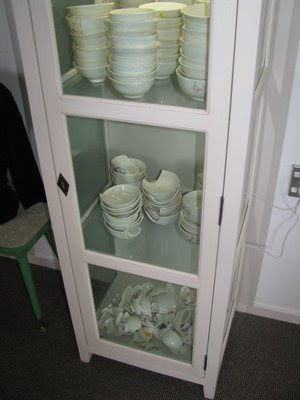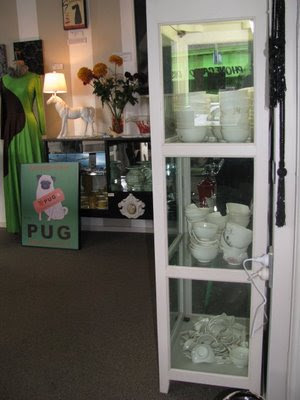
What do you call a bunch of premiers and prime ministers – a posse, a pack or a pride? Whatever your choice, you can get up front and personal with representations of all 38 of them on display in The Cabinet Makers: New Zealand Prime Ministers at Shed 11 on Wellington’s waterfront until 10 February 2010.
The famous and the forgotten
New Zealand gained responsible government in 1856 and since that time plenty of our leaders have stamped their mark on our country. Julius Vogel transformed society with his development programmes in the 1870s. Richard Seddon was so dominant in the 1890s and early 1900s that he was known as ‘King Dick’. ‘Farmer Bill’ Massey was top dog for almost as long (1912–25), but it was for Michael Joseph Savage’s funeral cortege in 1940 that hundreds of thousands paid homage. Many older Kiwis grew up during the ‘Holyoake Years’ and who will ever forget the nine-year reign of Rob ‘Piggy’ Muldoon between 1975 and 1984?
But for every history maker there are two or three forgotten leaders. Did you know that our first premier, Henry Sewell, ruled for just a fortnight? Or that another forgotten leader, George Waterhouse, never stood for office? He led from the old upper house, which was composed of political appointees. Five of our leaders, in fact, came from the upper house.
They are an interesting bunch. Predictably, 36 of the 38 were men, while it took until 1925 for the first New Zealand-born prime minister to lead the country. Even today we have been led by more foreign-born prime ministers than by home-grown ones. Finally, it must be said, they are a pretty white-looking bunch.
A tradition in the making
We have no tradition of official portraiture for our leaders so collecting materials for the exhibition required some lateral thinking and a good deal of begging, borrowing and stealing. There are 75 items in the exhibition. Some are exactly what you would expect in a Portrait Gallery exhibition – a superb Augustus John oil of Massey and excellent A.A. Berrie paintings of Savage and of his successor, Peter Fraser.
Then there are the busts – Nelson Illingworth’s magnificent one of Seddon, as well as two others of lesser-known politicians – and framed photographs, all suitably statesmanlike.
But there’s also a lighter, more modern touch. Rudolf Boelee offers a modern take on an iconic image of Micky Savage. Hugh Major contributes a remarkable modern interpretation of Helen Clark, full of characters and incidents in her life, and John Key is portrayed in perforated aluminium.
Not forgetting the quirky
Finally, we have also assembled some decidedly quirky items. A 1939 hand-stitched wall embroidery of Savage attests to a supporter’s devotion 70 years ago. A plastic Muldoon piggy bank speaks of commerce rather than sentiment, and Muldoon features again alongside Bill Rowling in a salt and pepper shaker set (naturally Muldoon was the pepper!) from the 1970s. There’s even a glamorous portrait of Helen Clark on a scent bottle – an official gift from the 2001 APEC summit in Beijing.
----------
Article by Gavin McLean, curator of the exhibition and an historian and writer with the History Group at the Ministry for Culture and Heritage.



































